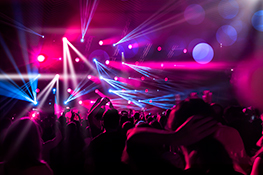Beam Lighting Techniques: Creating Dynamic Aerial Effects with Stage Lighting
Introduction: Elevating Your Stage Design with Beams
Beam lighting is more than just pointing a light at the ceiling; it’s a powerful tool for sculpting space, adding depth, and creating dynamic visual effects that captivate audiences. This article delves into the artistry of beam lighting, providing techniques to transform your stage design from ordinary to extraordinary. We’ll explore various fixture types, lighting techniques, and creative applications to help you master the art of aerial illumination.
Understanding Beam Light Fixtures: A Closer Look
The effectiveness of your beam lighting hinges on choosing the right fixtures. High-output moving heads with sharp, defined beams are essential. Look for fixtures boasting features like:
- High Lumen Output: Ensure sufficient intensity to cut through other lighting effects and create impactful beams.
- Precise Beam Control: Look for smooth pan and tilt movement, along with precise gobo and color adjustments.
- Variable Beam Angle: The ability to adjust the beam angle allows for a range of effects, from narrow, intense beams to wider, more wash-like projections.
- Advanced Gobo Options: Static and rotating gobos provide endless creative opportunities, projecting patterns and textures onto your stage.
- Color Mixing Capabilities: Precise color mixing enhances the versatility and dramatic impact of your beam effects.
Investing in quality fixtures is crucial for achieving professional-looking beam effects.
Mastering Beam Techniques: From Subtlety to Spectacle
The true artistry of beam lighting lies in how you manipulate the light. Here are several key techniques:
Creating Depth and Dimension:
By strategically positioning beams across the stage, you can create a sense of depth and distance. Overlap beams to create layered effects, or use contrasting colors to highlight specific areas. This technique is particularly effective in larger venues.
Dynamic Aerial Effects:
Utilize the pan and tilt functions of your moving heads to create dynamic, sweeping movements. Programmed chases, patterns, and transitions can transform your stage into a mesmerizing display of light and motion.
Accentuating Architecture:
Utilize beams to highlight architectural features of your venue or stage set. This can create a visually stunning backdrop and enhance the overall aesthetic of your production.
Atmospheric Effects:
Combine beam lighting with haze or fog machines to create stunning atmospheric effects. The beams will become visible, creating a sense of drama and depth.
Interactive Beam Projections:
Using gobos, you can project patterns, images, or even text onto surfaces to engage your audience and enhance the narrative of your performance.
Color and Gobo Strategies for Impactful Beams
The choice of color and gobos significantly impacts the overall mood and aesthetic of your beam lighting. Consider:
Color Psychology:
Utilize color theory to create the desired emotional response. Cool colors (blues, greens) evoke calmness, while warm colors (reds, oranges) create excitement and energy.
Gobo Selection:
Choose gobos that complement your overall design aesthetic. Geometric patterns create a modern look, while organic patterns offer a more natural feel.
Color Wash and Beam Combinations:
Combining beam lighting with wash lighting can create a cohesive and balanced design. Use washes to provide a foundational color palette, while beams create dynamic focal points.
Troubleshooting Common Beam Lighting Challenges
Even the most experienced lighting designers encounter challenges. Here are some common problems and solutions:
- Insufficient Beam Intensity: Check fixture output, distance from the source, and atmospheric conditions (haze, fog).
- Unwanted Spill: Adjust beam angles, utilize barn doors or other light shaping tools to control light spread.
- Inconsistent Color Mixing: Calibrate your fixtures and ensure proper color temperature settings.
Conclusion: Unleashing the Power of Aerial Illumination
Mastering beam lighting techniques significantly elevates your stage production. By understanding fixture capabilities, employing strategic techniques, and exploring creative applications of color and gobos, you can transform your stage into a breathtaking spectacle of light and shadow. Experiment, refine your skills, and unleash the full potential of beam lighting to captivate your audience and create unforgettable experiences.


 Auditorium Construction Services
Auditorium Construction Services 